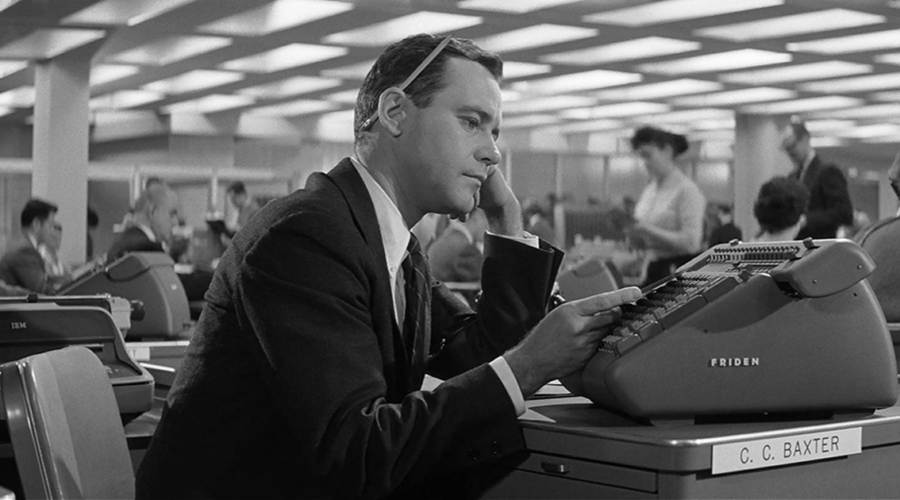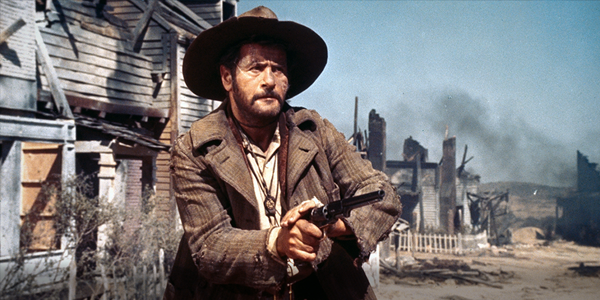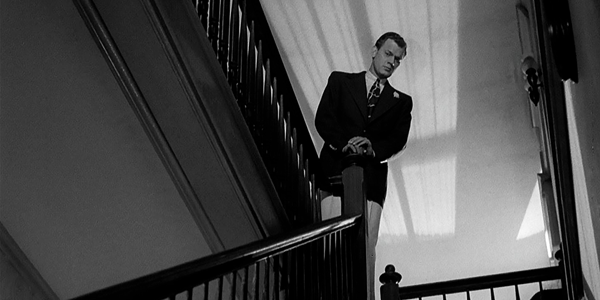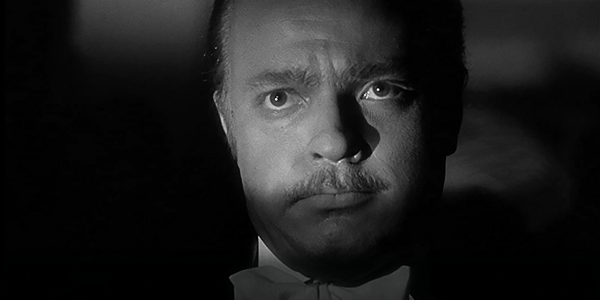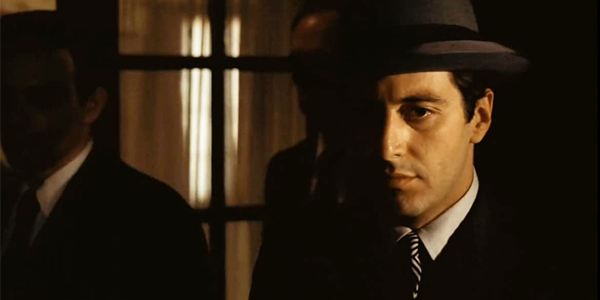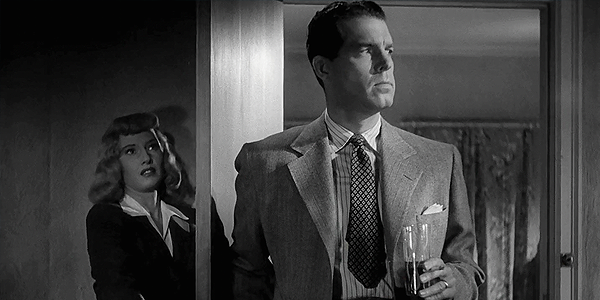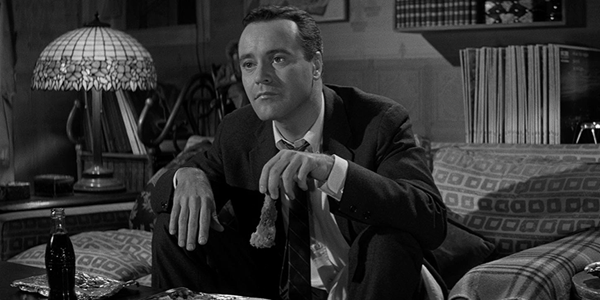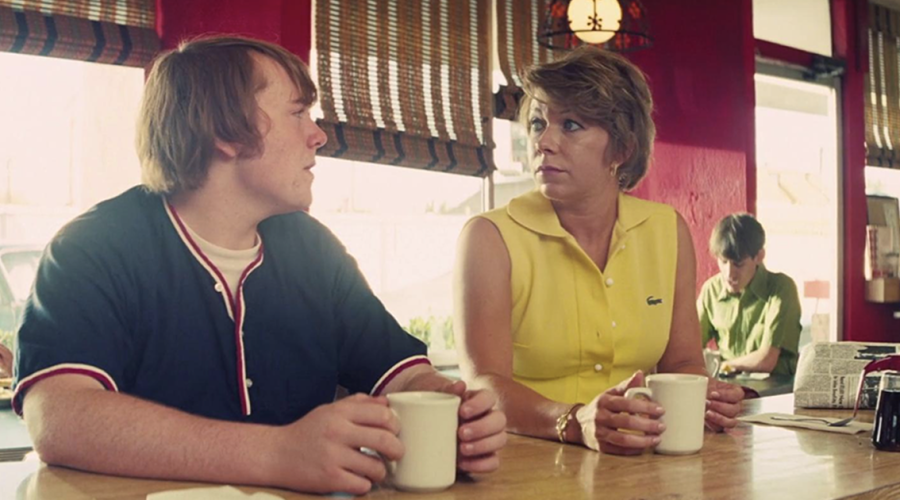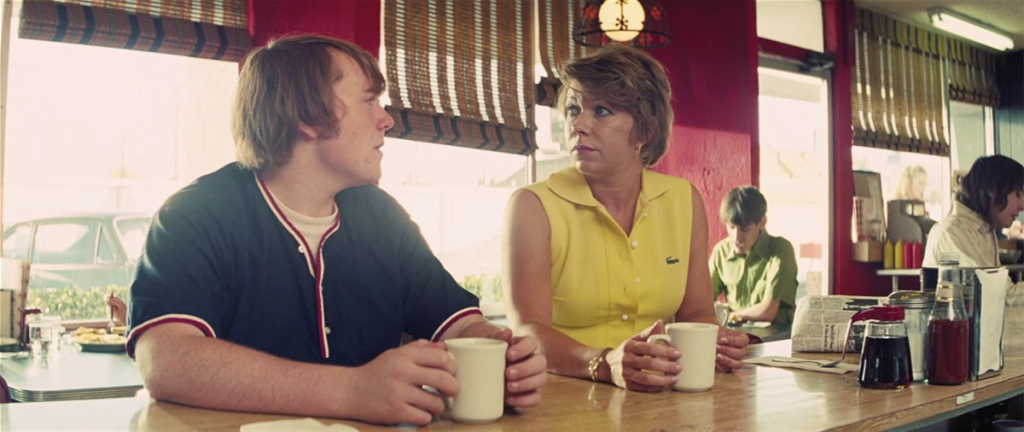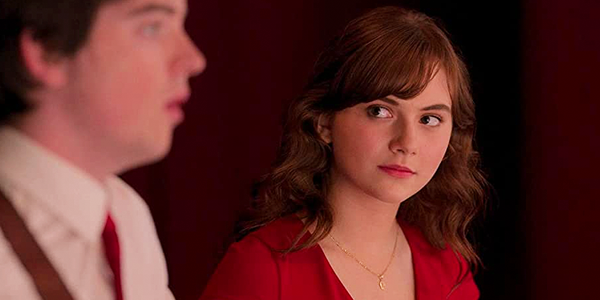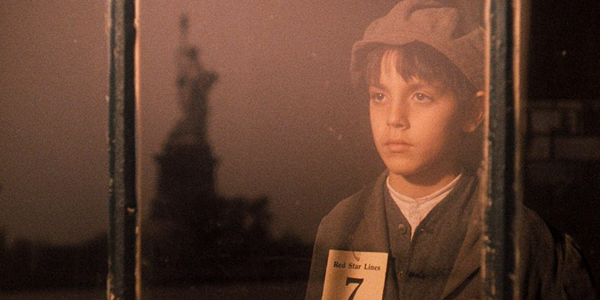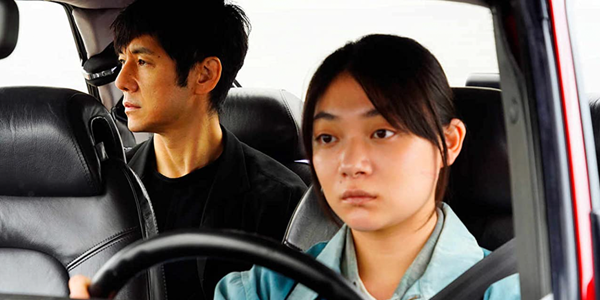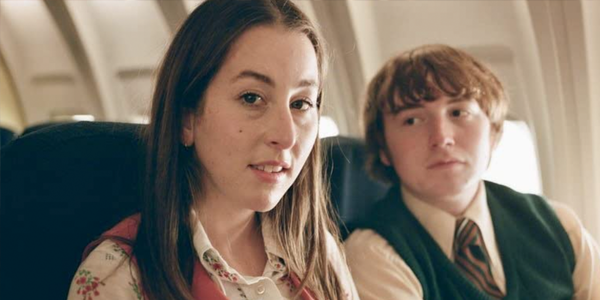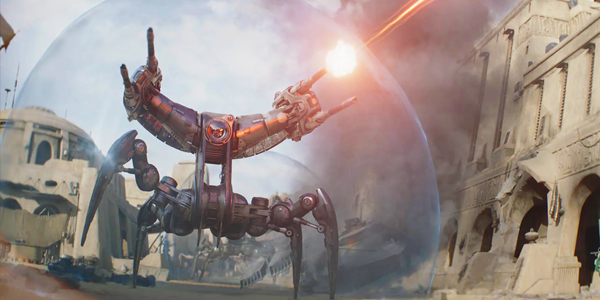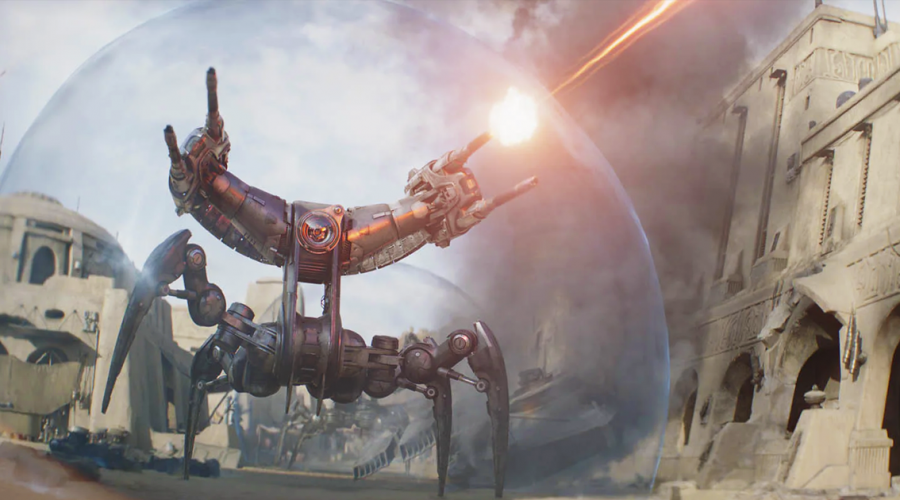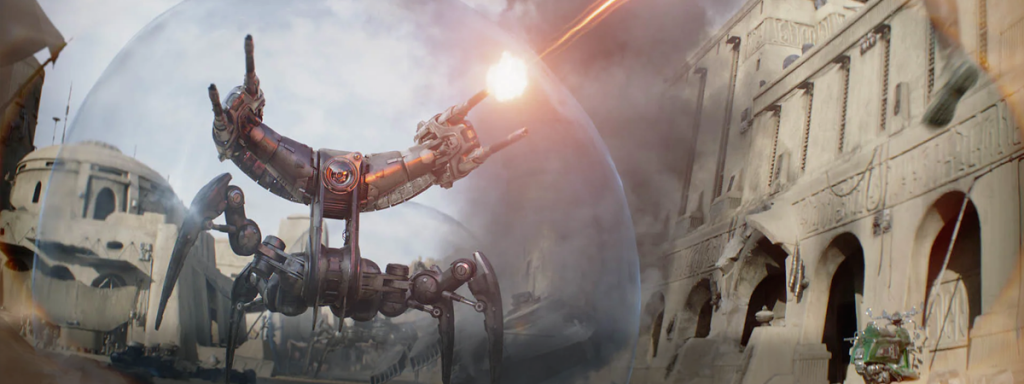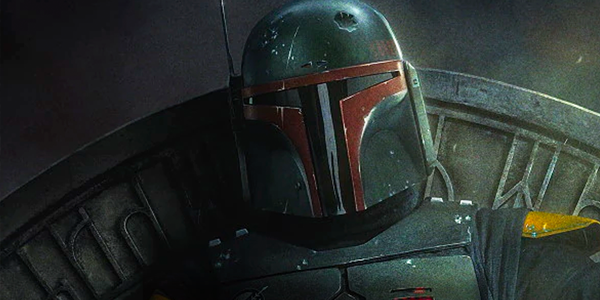Second Thoughts: The Apartment
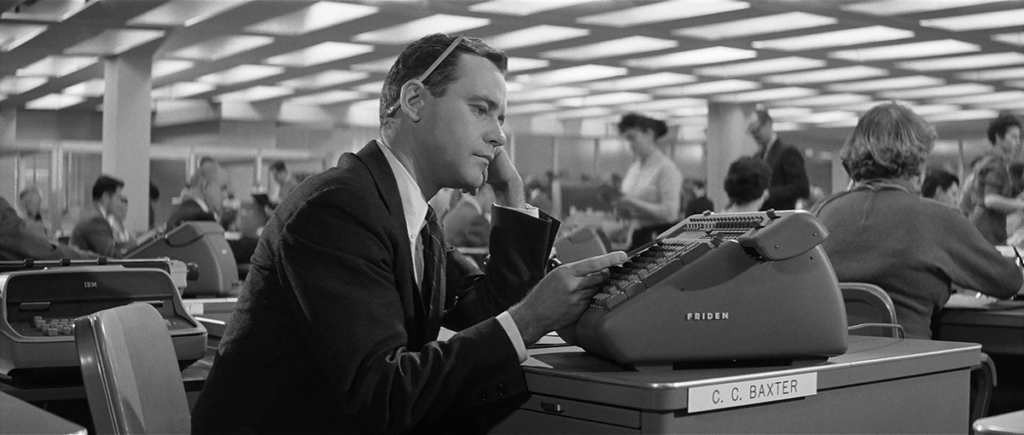
Second Thoughts | The Apartment
The 4K release of Billy Wilder’s 1960 comedy/drama proves to be both a revelation and a bit of a mystery
by Michael Gaughn
September 5, 2022
After watching Billy Wilder’s The Apartment on Amazon Prime back in May, I wrote:
The Apartment looks . . . great. And this is in lowly 1080p. Apparently a 4K digital intermediate was created just this year, and I’m keen to revisit the film if it gets a high-res re-release. But, for now, this version gets just about everything right.
A higher-res version has recently appeared, which I checked out a few days ago on Kaleidescape—and it turned out to be another one of those elaborate puzzles, like The Godfather and Citizen Kane (and Chinatown and Psycho . . .), that shows just how adventurous it can be bringing older films into the 4K realm.
Let me first make it clear that, if you’re anything ranging from a casual to rabid fan of this movie (I sit somewhere on the more tepid end of that scale), you should make a beeline to this release. What it gets right it gets right so well that it overshadows any problems.
But there are problems, all subtle, in a sense, and likely to bother some people more than others. It kind of comes down to, do you watch it in 1080p off a streaming service where the experience is consistent but just good enough or do you go 4K and run the risk of occasionally being pulled out of the film?
This is a straight 4K transfer and yet it feels like an HDR grade was applied. The whites are frequently pumped up, resulting in scenes, like the first one in Jack Lemmon’s apartment, that feel very video-like, almost like what you’d expect from some early TV show like Playhouse 90.
I’ve calibrated—and recalibrated—my system to rid it of any artificial enhancements and to ensure that film looks like film. And just to make sure my perceptions weren’t distorted, I went back and spotchecked HDR titles like Shadow of a Doubt and Citizen Kane and the recent UHD release of The Good, the Bad and the Ugly, all of which looked as I remembered—like film.
The wide shot of the office floor two minutes into The Apartment was pleasant, encouraging, and the first shot of Lemmon at his desk was startling, whetting my appetite for a whole film that looked that good. And there are long stretches where, even if everything doesn’t look exceptional, the transfer can in no way be said to be bad. But those overly emphatic highlights pop up randomly like gophers throughout, usually in scenes with bright accents, like the tinsel and lights on the Christmas tree in Lemmon’s apartment.
This has become a cliché, but some of the wide shots have so much depth you feel like you could reach into them, an effect that seems to come from a combination of sharpness and dynamic range, but something I’ve, until now, only seen happen with HDR titles, not UHD—which is why I’ve got to wonder what’s up here.
The whites are so hot in some places that parts of the image get blown out. The Kleenex that gets away from Lemmon as he stands outside the Majestic Theater becomes a featureless blob, a drifting ectoplasm, and Shirley McClaine’s face gets so blown out during parts of her Christmas Eve scene with Fred McMurray that it looks like she’s doing kabuki. (There’s evidence in the Amazon transfer that these same shots could get blown out, but they’re far better balanced there.)
That the transfer is derived from various elements is more evident here than in lower-res releases, which is what you would expect. The blacks, for instance, are pretty consistent up until the first scene in the Chinese restaurant where the image becomes flatter and grayish, almost brownish. While the first scene in Lemmon’s apartment has that early-TV look, it’s also sharp with a decent tonal range. But the Christmas Eve scene with McMurray and MacLaine in the same space is contrasty, grainy, and not so much soft as gritty. At other times, blacks can look smudgy, in a way that’s not at all filmlike.
But, again—quibbles, gripes, nits, not dealbreakers. Seeing this in the original 2.35:1 is so crucial to conveying not just the massiveness of the office space but also the stage-like blocking in Lemmon’s apartment that it becomes almost impossible to conceive ever again watching this movie cropped. And one advantage of the 4K was that I could finally confirm that that’s Ella Fitzgerald’s The First Lady of Song sitting in the pole position in Lemmon’s record rack.
Watching a movie in 4K on a well-calibrated reference-quality display can be a lot like putting it under a microscope. Recent films tend to fare well because they’re mostly digital releases and the flaws, aside from a tendency toward a certain clinical sterility, tend to be in their execution, not their presentation. Older films—classic and otherwise—are at the mercy of the guys at the knobs, who may or may have the sophistication to know how a film from a certain era should look or to know how to compensate for the inevitable flaws in negatives and prints. And there’s always the risk of being exposed to someone caught up in the current zeal to make everything look shiny and new, which without exception results in travesty.
The Apartment hasn’t been brutalized or sullied, just curiously handled. This release is less an assault than a mystery. And you can’t call the harm done inconsequential, but you can call it excusable.
Michael Gaughn—The Absolute Sound, The Perfect Vision, Wideband, Stereo Review, Sound & Vision, The Rayva Roundtable, marketing, product design, some theater designs, a couple TV shows, some commercials, and now this.
© 2025 Cineluxe LLC
